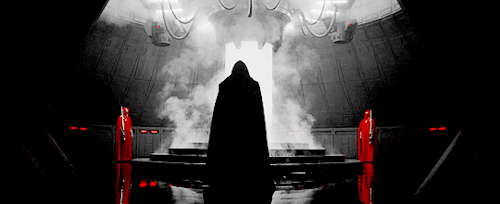

Each of San Onofre’s canisters holds the same amount of deadly Cesium-137 that was released during the entire Chernobyl accident, so short-term, money-saving shortcuts that place the public at risk are absolutely unacceptable. While the risks at San Onofre are very different from the 1986 nuclear disaster at Chernobyl, the lesson from Chernobyl is clear: When dealing with radioactive materials, there is no room for design flaws or human errors. Despite these concerns, the NRC has given Edison the green light, and canisters continue being loaded into silos with no plan to move them offsite.
#Imperial glory crack cracked#
Moreover, there is no method for inspecting, repairing or replacing cracked canisters. If water then gets inside, a chemical reaction with any damaged fuel assemblies could cause a hydrogen explosion.
#Imperial glory crack crack#
Our experts say that even a minor scratch in one of these cans can pave the way to chloride-induced stress corrosion cracking, and we know that all of the cans have been deeply gouged so far.”Īnother concern is that a crack could release the inert helium gas inside the canisters, which works as a fire-suppressant. “Stainless steel does not really rust when it is exposed to salt, it cracks open.

CEO Kris Singh of Holtec, the company that manufactures the cans, acknowledges that even a microscopic crack would release millions of curies of radiation (one curie is enough to kill you).Īccording to Charles Langley, executive director of, salt from the Pacific Ocean will cause the thin-walled metal cans to fail quickly. According to the advocacy group, the NRC admits that scratches are unavoidable and can trigger cracking which can grow through the canister wall, causing uncontrolled radiation leakage. In the latest scandal, it was revealed that the approved loading system can’t avoid scratching the thin (5/8-inch) steel-walled canisters as they are lowered into the concrete-reinforced steel silos. He also detailed a general atmosphere of neglect for public safety by both the NRC and Edison. In August 2018, a conscience-driven whistle blower exposed how, because of a system design flaw and human error, a 54-ton canister loaded with highly radioactive waste nearly crashed down 18 feet during a procedure to load it into a dry storage silo in the ground.


 0 kommentar(er)
0 kommentar(er)
